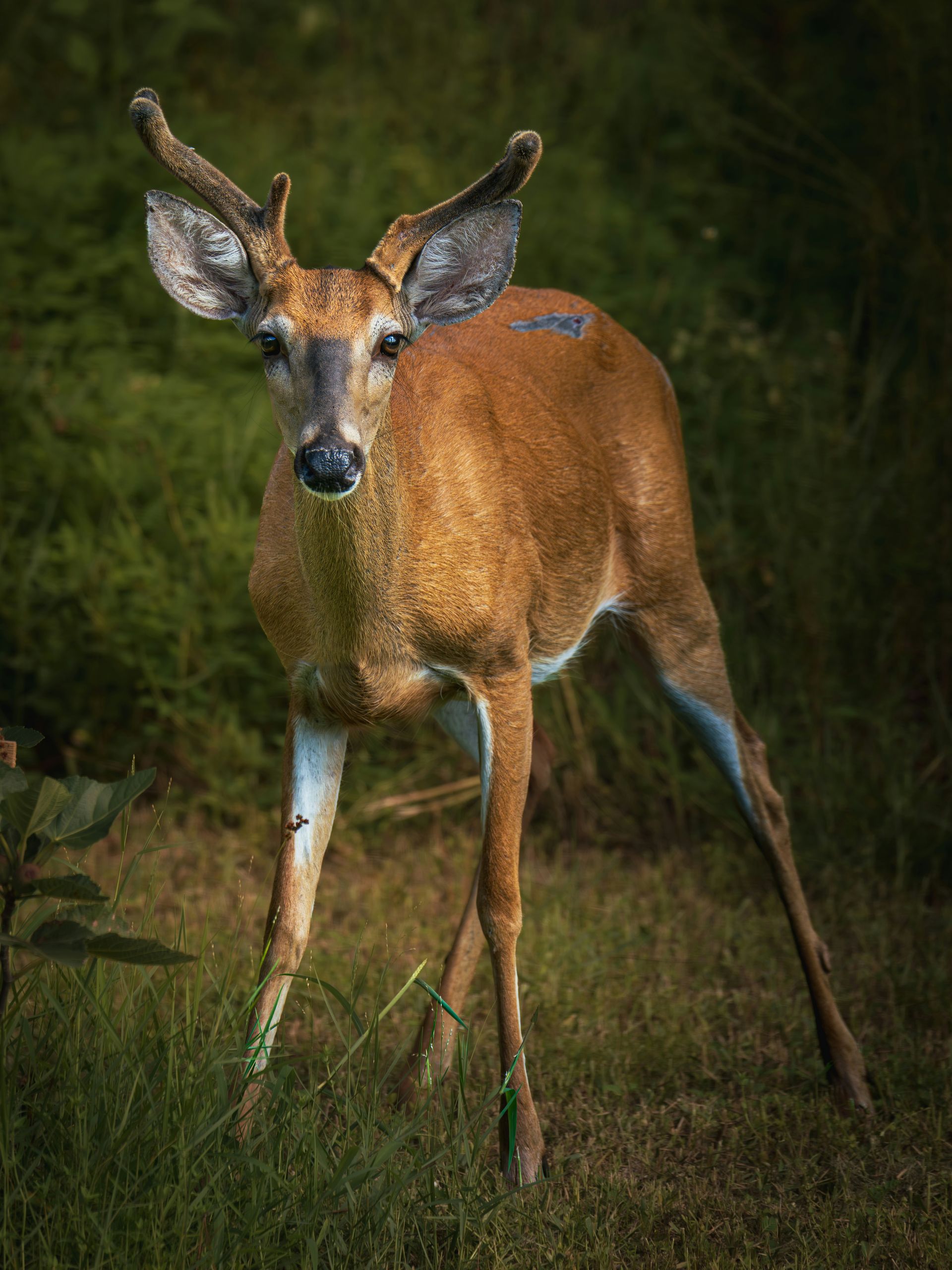Sandhill cranes, steelhead bag limits discussed at October NRC meeting
The Natural Resources Commission (NRC) met Thursday and passed several fisheries orders. An agenda from the meeting with links to all items can be found here .
Department of Natural Resources (DNR) Deputy Director Shannon Lott’s report to the NRC included a presentation on the FY 22 budget , an overview of the new business fisheries orders , Saginaw bay walleye and fisheries management , sandhill crane status and preliminary elk season results .
Public comment was comprised of opposition and support surrounding the management of sandhill cranes, tracking white-tailed deer with dogs and fisheries orders.
The NRC is charged with making management decisions based on the best available science, and MUCC is encouraged that commissioners will be starting to dive into the science surrounding sandhill cranes, said Nick Green, Michigan United Conservation Clubs (MUCC) public information officer.
“We’re seeing a 4.4 percent increase in the eastern population of sandhill cranes annually, with a population that is already 50 percent above the upper flyway goal as outlined by the 2010 US Fish and Wildlife Service management plan,” Green said. “Nine dollars from every Michigan waterfowl license is dedicated to restoring and enhancing wetlands, and hunters have led conservation efforts of sandhill cranes in Michigan.”
Per a 2017 member-passed resolution, MUCC supports establishing a sandhill crane hunting season in Michigan because the best available science proves hunting to be an effective and appropriate management tool.
New Business
Please refer to the meeting agenda for the new business items which are comprised of three fisheries orders.
Commissioner Cozad indicated his intent to have DNR Fisheries Division help with crafting an amendment on the increased harvest of walleye in the Saginaw River. This amendment will be posted to the November NRC agenda when it becomes available.
Old Business
Fisheries order 200.22 – Inland rivers and streams trout and salmon regulations received an amendment from commissioner Dave Nyberg that would reduce the steelhead bag limits on select streams from three fish to one.
MUCC does not have a resolution or policy on this topic; however, MUCC has traditionally opposed a reduction in bag limits unless there is sound scientific evidence to do so.
This order will likely be held through the November meeting and voted on at the December meeting. The MUCC Fisheries Committee is looking at this proposed amendment and weighing advocacy options.
Another amendment from NRC Chair Rose clarified the downstream boundary for the Little Manistee River. This amendment was approved by the commission. FO 200.22 and Nyberg’s amendment as a whole will be held over until at least the November meeting.
All of the other fisheries orders that were up for old business passed with all proposed commissioner amendments. Please see the agenda for these amendments.
The NRC approved a new committee structure , including a governance, fisheries and wildlife committee — in addition to the Michigan State Parks Advisory Committee and the Upper Peninsula Habitat Work Group — to be implemented at the start of 2022.
Land Transactions
DNR Deputy Director Lott indicated her intent to sign all of the land transactions which can be viewed through the meeting agenda.
The post Sandhill cranes, steelhead bag limits discussed at October NRC meeting appeared first on Michigan United Conservation Clubs.
Recent Posts



